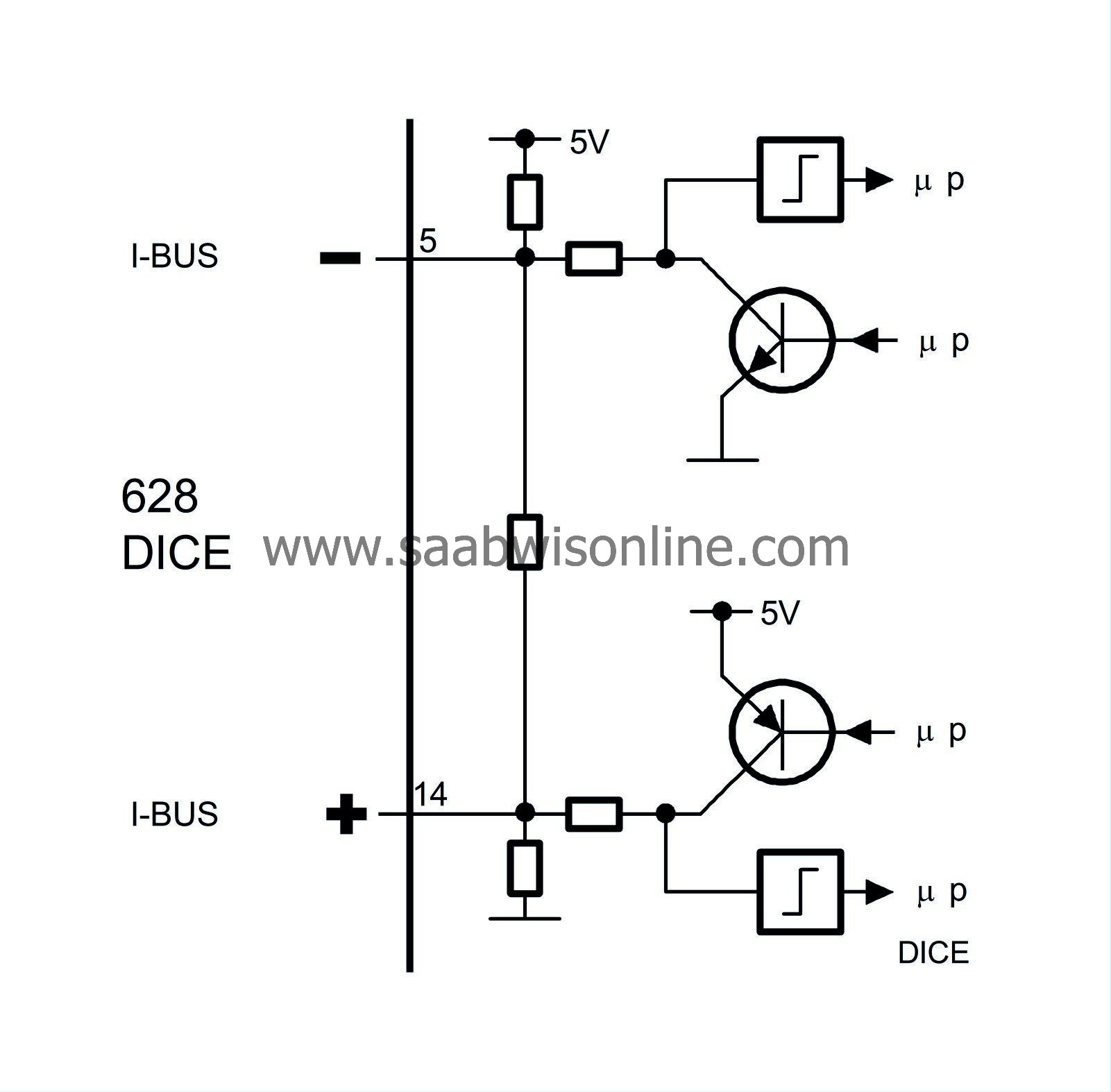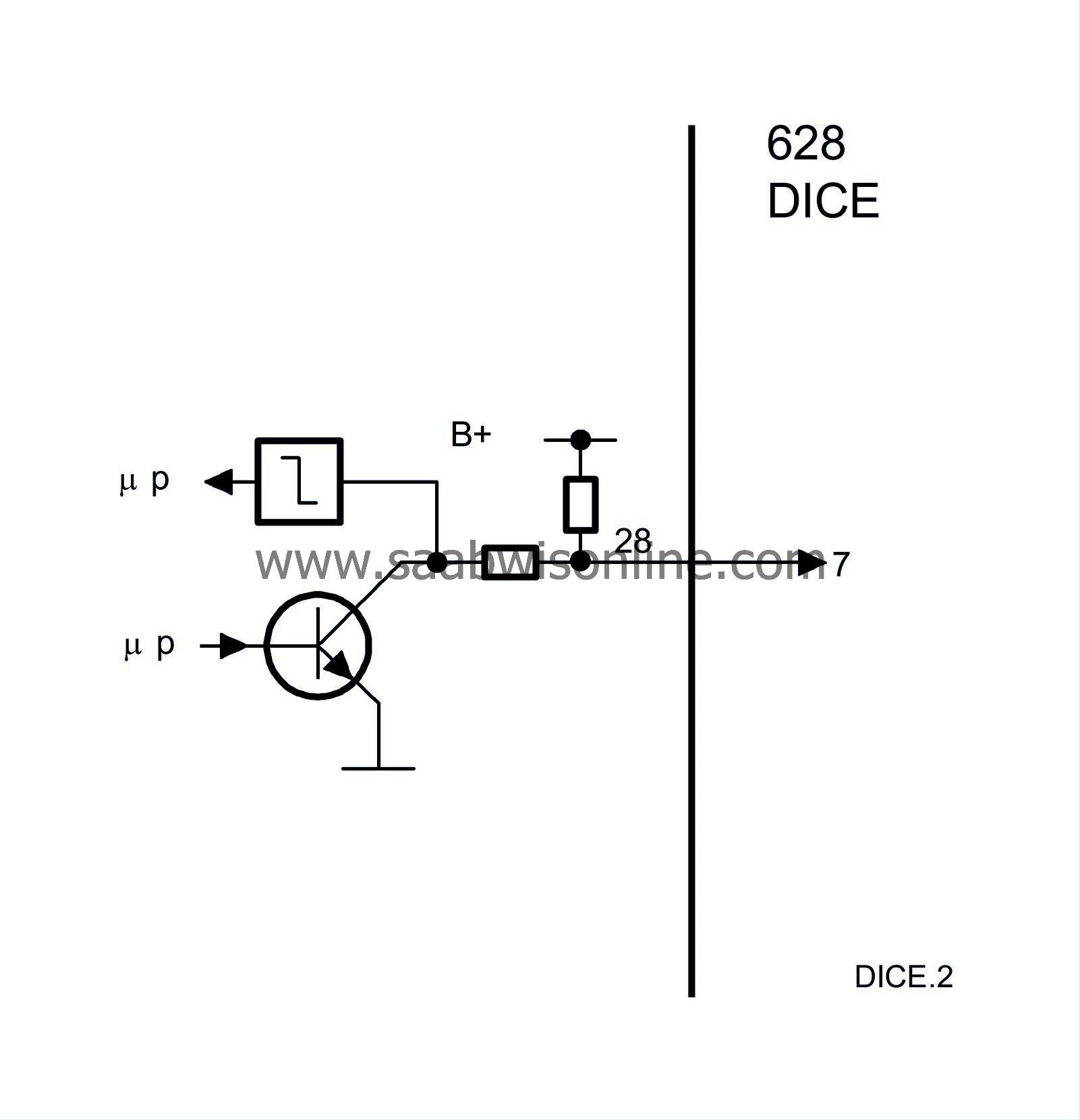Information
|
Values
|
Used by
|
The value depends on the following sensor input, signal or function
|
A/C
|
ON/OFF
|
Trionic
|
A/C (bus from ACC), coolant temperature (bus from Trionic), A/C pressure and evaporator temperature. Trionic uses the information to control relays.
|
A/C pressure
|
0-30 bar
|
Trionic
|
A/C pressure sensor. Trionic uses the information for load compensation.
|
Current consumption
|
0-255 A
|
Trionic
|
Activation by the control module of the relay outputs for the radiator fans and electrically heated rear window. Trionic uses the information for load compensation.
|
Idling speed increase
|
ON/OFF
|
Trionic
|
High radiator fan speed activated once while driving. Trionic uses the information to detect “warm market”.
|
Reverse gear
|
YES/NO
|
PMM, Trionic, SPA
|
Reversing light switch. PMM uses the information to adjust door mirrors.
|
Position lights
|
ON/OFF
|
MIU, SID
|
Rear light RH or LH (bus value from TWICE). MIU uses the information to turn on/off the marker light indicator on the main instrument panel.
|
Rear fog light
|
ON/OFF
|
MIU
|
Activation by the control module of the output to the fog light. MIU uses the information to turn on/off the rear fog light indicator on the main instrument panel.
|
LH direction indicators
|
ON/OFF
|
MIU, SID
|
Activation by the control module of the output to the lamps. MIU uses the information to indicate activated LH direction indicators with control lamp on the main instrument panel.
SID uses the information for acoustic indication of activated direction indicators “tick-tack”.
|
RH direction indicators
|
ON/OFF
|
MIU, SID
|
Activation by the control module of the output to the lamps. MIU uses the information to indicate activated RH direction indicators with control lamp on the main instrument panel.
SID uses the information for acoustic indication of activated direction indicators “tick-tack”.
|
Rear fog light broken
|
YES/NO
|
SID
|
Control module current measurement of the output to the fog lamp. SID uses the information to display CHECK messages.
|
Sound
|
Sound information
|
SID
|
Control module programming, seat belt switch and driver/passenger door open (bus from TWICE). SID uses the information to generate an acoustic warning.
|
Electrically heated rear window
|
ON/OFF
|
ACC
|
Control module activation of relay output to rear window heater. ACC uses the information to confirm that the rear window heating is active.
|
VIN
|
VIN
|
Audio
|
Control module programming. Audio uses the information for the system's anti-theft protection.
|
Ignition +B
|
ON/OFF
|
Audio, TWICE
|
Ignition switch. Informs Audio and TWICE of the position of the ignition switch.
|
Ignition +15
|
ON/OFF
|
TWICE
|
Ignition switch. Informs TWICE of the position of the ignition switch.
|
Ignition +54
|
ON/OFF
|
TWICE
|
Ignition switch. Informs TWICE of the position of the ignition switch.
|
Ignition +50
|
ON/OFF
|
TWICE, ACC
|
Ignition switch. Informs TWICE of the position of the ignition switch.
|
Radiator fan
|
ON/OFF
|
|
|
Battery voltage
|
6-16V
|
|
|
Diagnostics
|
|
Tech 2
|
See Bus and diagnostics communication


|







